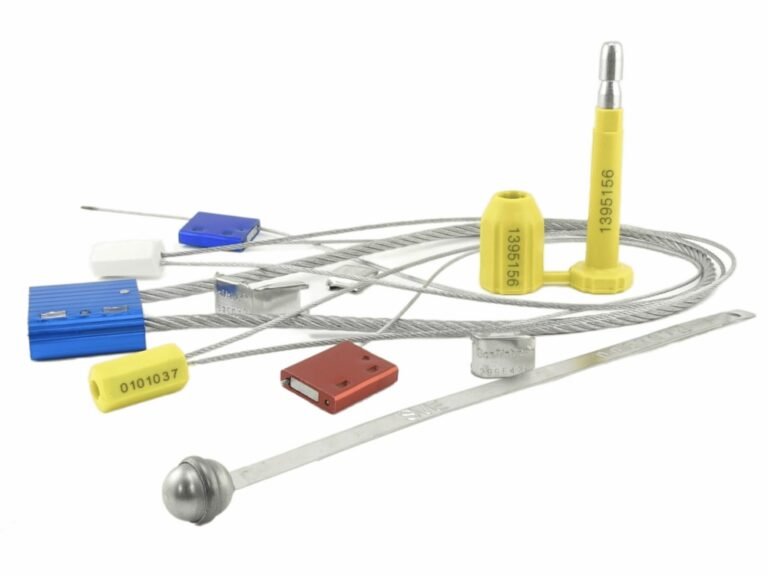A nurse wastes precious time trying to thread a pull-tight seal through a misaligned cart hasp. In another department, a simple padlock seal is used where color-coding is needed, causing confusion during a critical audit.
The better seal depends entirely on the job. Pull-tight seals are adaptable and versatile for varied applications. Padlock seals are fixed-form seals designed for speed and simplicity on standardized equipment.
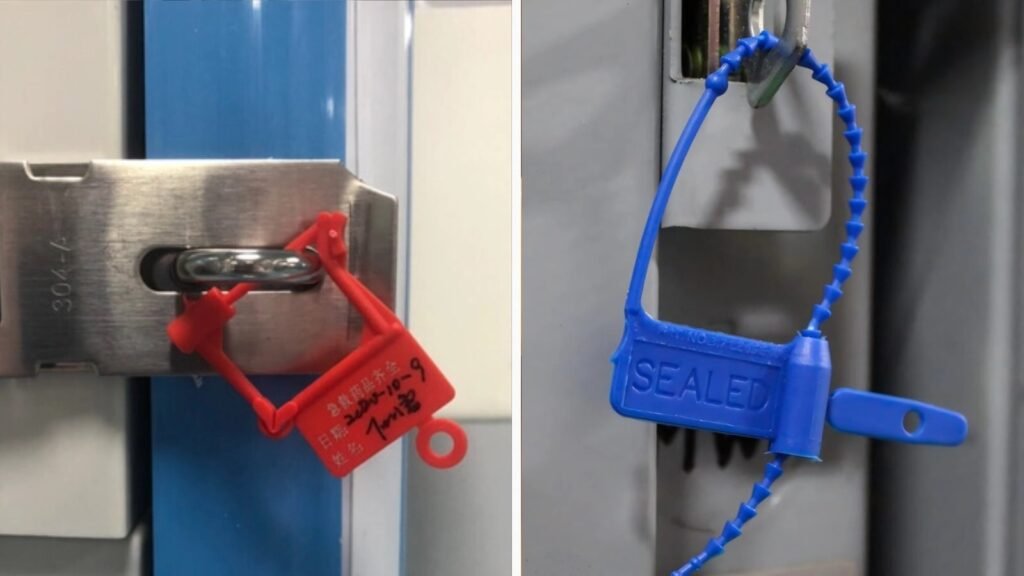
I have seen many hospitals choose a seal based on simple strength or cost, and it's almost always a mistake. The choice between a pull-tight and a padlock seal is never about which is stronger; it's a strategic choice about your operational process. A pull-tight seal is an "adaptive seal." Its primary value is its flexibility—its ability to conform to the asset you are securing. A padlock seal, on the other hand, is a "fixed-form seal." Its primary value is its speed and simplicity; it allows staff to perform a standardized action with a single, quick click. Your decision should be based on a trade-off between adaptability and procedural speed.
How Does the Core Function of Each Seal Type Differ?
You've treated all plastic seals as basically the same, leading to inefficient processes. Your staff complains that some seals are easy to use while others are a constant frustration.
The two seals operate on entirely different mechanical principles. A pull-tight seal is adjustable and conforms to its application, like a zip tie. A padlock seal is a fixed, single-click device that snaps into a uniform shape.
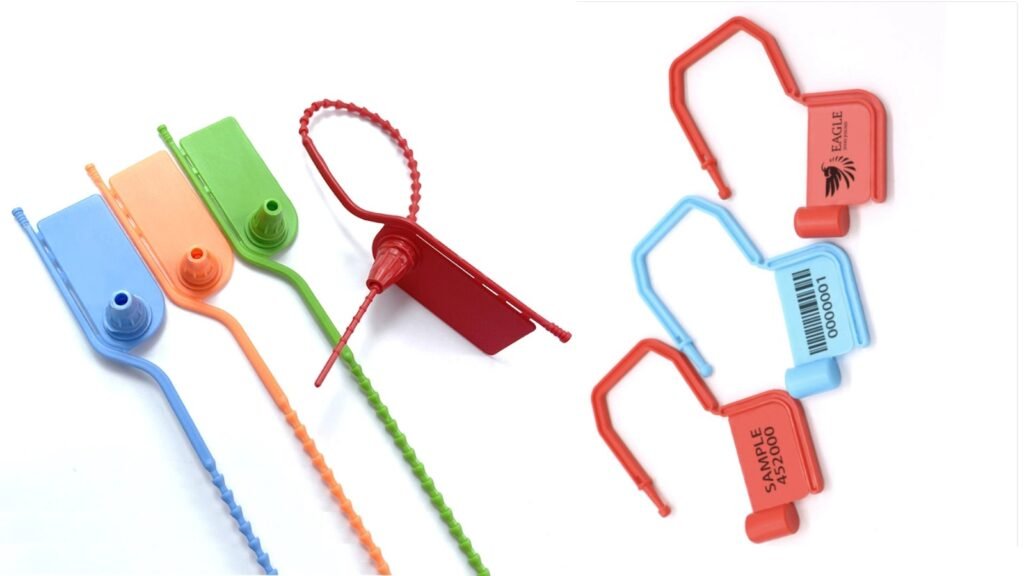
Understanding how each seal works is the first step to choosing correctly. Their physical design dictates their role in your workflow.
Pull-Tight Seal: The "Adaptive Seal"
This seal functions like a zip tie. A long, often thin, adjustable strap is threaded through a locking mechanism and pulled to the desired tightness.
- Key Action: Adjusting and tightening.
- Great For: Securing items with variable strap length needs, like canvas bags, equipment with awkwardly placed loops, or color-coding large groups of items.
- Primary Value: Adaptability.
Padlock Seal: The "Fixed-Form Seal"
This seal mimics the function of a small padlock. A fixed-length plastic or metal hasp clicks into the seal's body with a single motion.
- Key Action: Clicking to lock.
- Great For: Standardized applications where the locking points are always the same distance apart, like pre-drilled medication cart hasps or equipment cases.
- Primary Value: Procedural Speed.
How Do They Compare on Hospital-Specific Metrics?
You are trying to decide on a single seal type to standardize across your facility. This "one-size-fits-all" approach is causing delays in some areas and security gaps in others.
You must evaluate seals against the real-world demands of a clinical environment. A seal that excels in versatility may be slower to use, while a faster seal will lack adaptability.
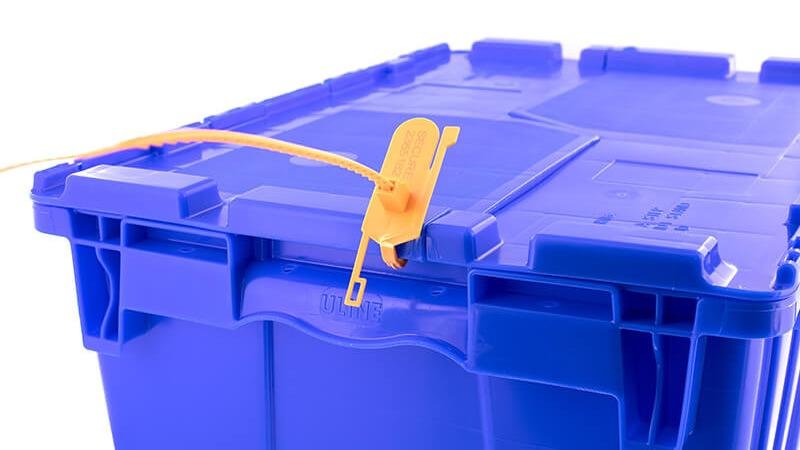
Let's break down the comparison using four metrics that matter most in a hospital setting. The "better" seal is simply the one whose strengths align with your specific priority for a given piece of equipment.
| Metric | Pull-Tight Seal ("Adaptive") | Padlock Seal ("Fixed-Form") |
|---|---|---|
| Adaptability | Excellent. The adjustable strap can secure a huge variety of items, from bags to valves to equipment levers. | Poor. Requires standardized, well-aligned locking holes. Will not work if the hasps are bent or mismatched. |
| Speed of Use | Fair. Can be slower as it requires threading and pulling, which is often a two-handed operation. | Excellent. Can be quickly snapped shut with one hand, which is a major advantage for busy staff performing a repetitive task. |
| Tamper Evidence | Excellent. Any attempt to break or reverse the custom-tightened strap is immediately obvious. | Excellent. Provides a clear, binary "broken" or "intact" status. Tampering is unambiguous. |
| Audit Efficiency | Excellent. Ideal for color-coding systems where a quick visual scan of colors across a room is needed for inventory checks. | Good. Serial numbers are often large and easy to read for logging, but color options may be more limited. |
This comparison shows there is no single best seal. The best choice is a function of the task at hand.
Which Seal Is Best for Crash Carts vs. Medication Carts?
A crash cart needs to be opened in seconds during an emergency. A medication cart requires a clear, auditable trail for controlled substances. Using the wrong seal on either creates a significant patient safety or compliance risk.
For crash carts, prioritize speed with a breakaway fixed-form seal (padlock style). For medication carts, prioritize accountability and adapt to the cart's design with a serialized seal.
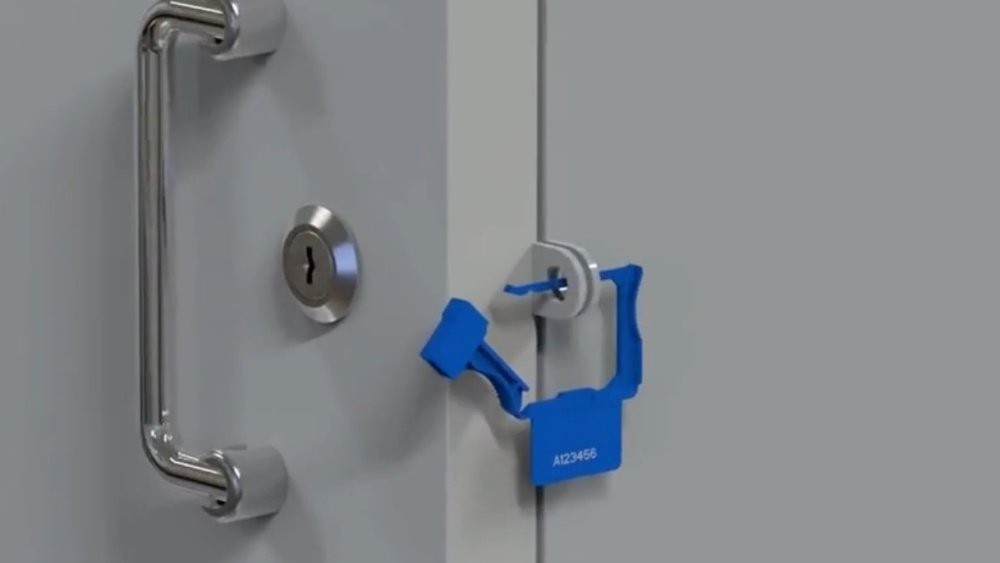
This is the perfect use case to illustrate the trade-off. The cart's function dictates the seal's design.
Crash Carts: The Priority is Speed
The only thing that matters here is instant, tool-free access.
- Ideal Seal: A lightweight, breakaway padlock seal. Its single-click application is the fastest way for staff to re-secure a cart after restocking. Most importantly, it's designed to be broken with a firm, quick twist.
- Why Not a Pull-Tight? Too slow to apply and often requires a tool to remove, which is unacceptable in a code blue situation.
Medication Carts: The Priority is Accountability
Here, the seal is a critical part of the chain of custody for narcotics.
- Ideal Seal: It depends on the cart. If the hasps are standard and well-aligned, a serialized padlock seal is faster for staff. If the drawers are inconsistent or require cinching, a serialized pull-tight seal is the better choice for its adaptability.
- Why Serialized? The unique number is more important than the seal type. It must be logged when applied and verified when removed to create an auditable record.
How Can You Secure Other Medical Assets and Equipment?
You need to secure more than just carts. Items like fire extinguishers, sterile tote boxes, and equipment cases all have different security needs and physical designs.
Match the seal to the asset's form and function. Use adaptive pull-tight seals for items with irregular shapes, and use fixed-form padlock seals for assets with standardized hasps.
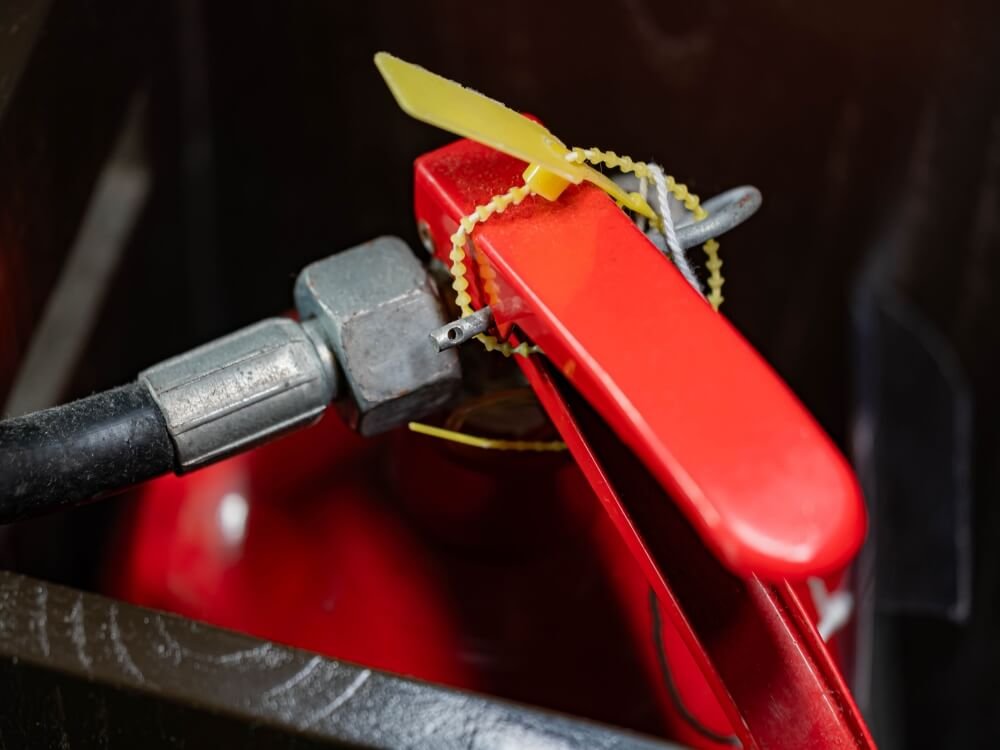
Let's apply our framework to other common hospital assets.
- Sterile Transport Totes: These often have well-defined locking holes. A padlock seal is perfect. It's fast to apply, simplifying the process for staff.
- Canvas or Soft-Sided Biohazard Bags: These have no fixed locking points. The pull-tight seal, our "adaptive seal," is the only option. It can be cinched down tightly to secure the bag's gathered opening.
- Fire Extinguishers: The goal is to show the pin hasn't been pulled. A thin, low-break-strength pull-tight seal is ideal. It adapts to the pin and handle and is easily broken in an emergency.
- Hard-Shell Equipment Cases: These almost always have two aligned holes for a lock. A padlock seal provides a quick and secure closure for a standardized asset.
What's the Final Verdict for Your Facility?
You understand the differences, but you need a simple way to make a confident purchasing decision for dozens of different applications across your hospital.
Use this simple decision framework to choose the right seal for any asset.
| Ask This Question First... | If the Answer is "Yes," You Prioritize... | Then Your Best Choice is Likely a... |
|---|---|---|
| Do I need to secure items with varied or non-standard locking points? (e.g., bags) | Adaptability | Pull-Tight Seal |
| Is color-coding for quick, at-a-glance audits a high priority? | Adaptability | Pull-Tight Seal |
| Does this asset have standardized, well-aligned holes? (e.g., a case) | Procedural Speed | Padlock Seal |
| Is one-handed application for speed and efficiency a major factor for staff? | Procedural Speed | Padlock Seal |
| Is this for an emergency cart where instant, tool-free removal is essential? | Procedural Speed | Breakaway Padlock Seal |
By asking what you need the seal to do rather than what it is, you will always make the right choice for both security and operational efficiency.
Conclusion
The choice between pull-tight and padlock seals is a strategic one. Pull-tights are your adaptable seals for versatile needs, while padlocks are your rapid-application seals for standardized, repetitive processes.
Implement the Right Process with ProtegoSeal
Choosing the right seal is the foundation of an efficient and secure clinical workflow. At ProtegoSeal, we offer a full range of both pull-tight and padlock seals to match your facility's unique operational needs. Contact us to find the perfect solution for every cart, kit, and cabinet.

